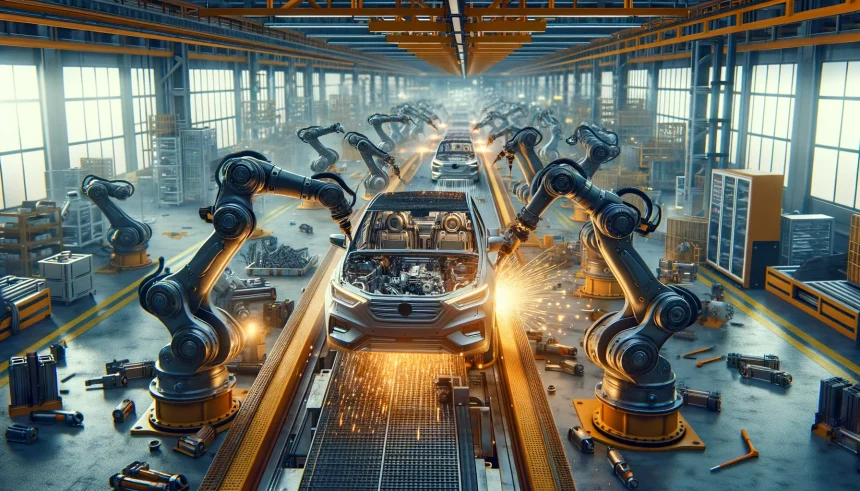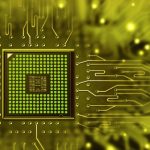The latest report from Small, EarlyView, titled “Antigravity Autonomous Superwettable Pumps for Spontaneous Separation of Oil–Water Emulsions,” reveals that unsuccessful gravity-driven oil–water emulsion separation can achieve remarkable results when using antigravity-driven autonomous superwettable pumps. These pumps, which feature self-organized interconnected microchannels, can spontaneously purify oil and water phases from oil–water emulsions. This advancement builds on previous research and introduces a novel separation method that could significantly impact oil spill management and wastewater treatment.
A novel method demonstrating the efficient separation of oil–water emulsions using antigravity-driven autonomous superwettable pumps has been presented. Traditional gravity-driven separation techniques often necessitate complex apparatuses and external energy inputs, making them less efficient and more costly. By transitioning to an antigravity-driven separation approach, this new study highlights the significant success in purifying oil and water from emulsions through the use of capillary and siphon-driven superwettable autonomous pumps.
Innovative Separation Mechanism
These innovative pumps consist of self-organized interconnected channels formed by the aggregation of superhydrophobic and superhydrophilic sand particles. The unique structure allows for outstanding separation flux, efficiency, and recyclability. The capillary and siphon mechanisms inherent in these pumps enable the spontaneous separation of oil–water emulsions without the need for external energy sources.
The research indicates that this method not only enhances separation efficiency but also promotes an energy-efficient, economical, and sustainable alternative to traditional methods. This advancement can potentially reduce the environmental footprint associated with oil–water separation processes, making it a significant development in environmental science and engineering.
Comparative Insights
Previous techniques for oil–water separation relied heavily on gravity-driven methods, which often required substantial energy input and complex equipment. Studies have shown that these methods, while effective to some degree, lacked the efficiency and sustainability offered by the new antigravity-driven approach. The introduction of superwettable materials in past research laid the groundwork for current advancements by demonstrating the potential of capillary action in separation processes.
Comparisons with historical data reveal that earlier methods struggled with emulsions containing fine particles and stable droplets, often leading to incomplete separation. The antigravity-driven autonomous pumps address these limitations by utilizing interconnected microchannels that enhance separation efficacy. This new method exemplifies a significant leap forward in the field, presenting a practical solution to longstanding challenges in oil–water emulsion separation.
The implications of this research are far-reaching, with potential applications extending to various industries, including oil spill management, wastewater treatment, and even biomedical fields where emulsion separation is critical. The autonomous nature of the pumps, combined with their superior performance, offers a versatile and scalable solution that can be adapted to different contexts and requirements.
Moreover, the sustainability aspect of this method aligns with global efforts to minimize environmental impact and promote green technologies. By eliminating the need for external energy inputs, these superwettable pumps not only reduce operational costs but also contribute to the reduction of greenhouse gas emissions.
This study underscores the importance of continuous innovation in environmental technologies and highlights the potential for interdisciplinary approaches to address complex challenges. Researchers and practitioners in the field should consider integrating such technologies into existing frameworks to enhance the efficiency and sustainability of their operations.
- Antigravity-driven pumps enhance oil–water emulsion separation efficiency.
- Self-organized microchannels enable spontaneous and sustainable separation.
- Method offers significant environmental and economic advantages over traditional techniques.










